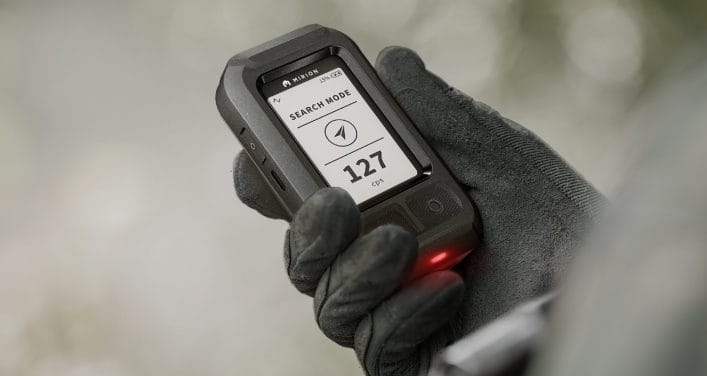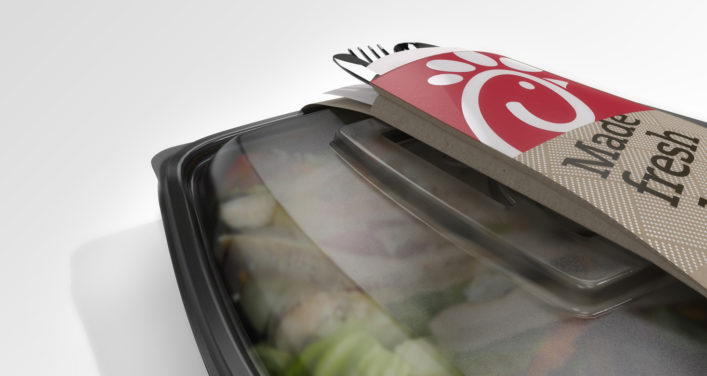Learning from Consumers
We knew Wolf couldn’t tap into a new consumer base without fully understanding its wants and needs, so we started by asking customers a basic question: “What makes an appliance brand high-end?” We found luxury buyers believe that they have a right to the finer things in life but were looking for more than a label—they wanted an experience since cooking for them was entertainment. They expected intuitive features, exquisite results and brag-worthy, high-style hardware. These insights helped push the brand to think about more than chef-focused features.
Create “Warm Commercial”
Leveraging the insights, we created five concept families that balanced performance, technology, warmth, simplicity and intuitiveness in different ways. After vetting these internally, we put two of the concepts to the test. Our discovery process revealed that people want pro-grade items, but need them “warmed up” for everyday use—which means preparing meals shouldn’t feel like a job in a restaurant kitchen. This insight narrowed us down to a single visual brand language, and provided great feedback for refinement.
Leverage legacy. Tout timelessness.
Thanks to our research, strategy and visual brand language development, Wolf’s final appliances included a thoughtful reduction of each product’s silhouette, exaggerated handles and knobs, and a stylish melding of digital and analog technology. They are a market success, embraced by trade partners from Sur La Table to Williams-Sonoma to Bloomingdales. The new Wolf Gourmet lineup has nurtured a new customer base that’s diving into pro-grade appliances for the first time.

